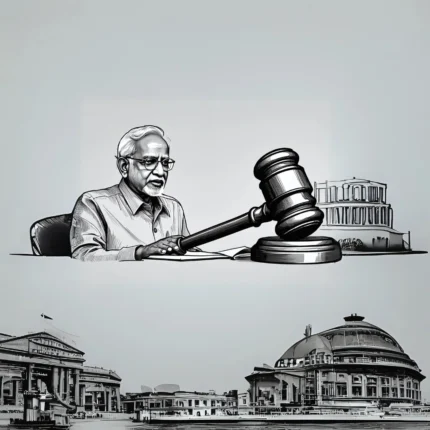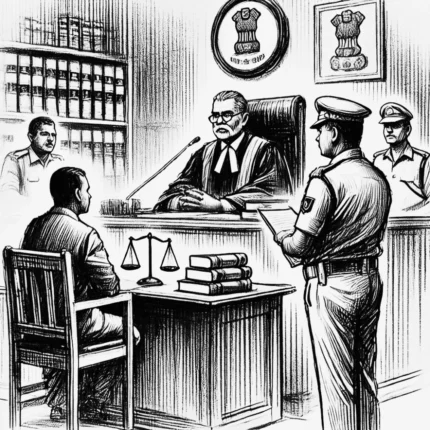Corruption In India: Causes And Effect
Overview of Corruption in India
Despite numerous legislative reforms, corruption remains a significant challenge in India. This article examines the legal framework under the Bharatiya Nyaya Sanhita (BNS) and Bharatiya Nagarik Suraksha Sanhita (BNSS), along with government efforts to combat corruption effectively.
Brief Introduction to Corruption
Corruption occurs when individuals in positions of power misuse their authority for personal gain, violating legal and ethical standards. Under the BNS, corruption-related offenses are now streamlined to ensure stricter enforcement. Public corruption involves the unlawful personal benefits obtained through abuse of public office or property. Major factors contributing to corruption in India include bureaucratic inefficiencies, political influence, and financial fraud. The BNSS outlines detailed investigative procedures to enhance transparency and accountability in corruption-related cases.
Effects of Corruption
Corruption negatively impacts social and economic development by increasing financial fraud, reducing investment opportunities, and weakening governance. The Bharatiya Nagarik Suraksha Sanhita (BNSS) strengthens legal provisions to prosecute offenders and recover illicit assets.
Factors Responsible for Corruption
- Lack of Effective Management and Organization:
Poor administrative structures and weak oversight mechanisms contribute to corruption. Under the Bharatiya Nyaya Sanhita (BNS), stricter penalties are prescribed for officials misusing their positions.
- Lack of Transparency and Accountability:
The Bharatiya Nagarik Suraksha Sanhita (BNSS) introduces reforms to strengthen investigative procedures and ensure greater transparency in government dealings, minimizing opportunities for corruption.
- Lack of Values:
Corruption thrives in environments with weak ethical and moral values. The BNS emphasizes the importance of strict legal action against corrupt individuals to deter unethical behavior.
- Lack of Control and Vigilance:
Despite legal measures, corruption persists due to weak enforcement. The BNSS strengthens provisions related to investigation and prosecution, ensuring accountability in corruption cases.
- Election-Related Corruption:
The BNS includes provisions to curb electoral malpractice, imposing strict penalties on bribery, voter manipulation, and other corrupt activities during elections.
- Inadequate Remuneration:
The risk of corruption increases with low salaries and financial insecurity. The government’s focus on financial transparency and fair wages is essential to reducing bribery and illicit activities.
Statutory Provisions to Combat Corruption
- Bharatiya Nyaya Sanhita (BNS):
The BNS codifies corruption offenses, ensuring strict legal action against individuals engaged in bribery, embezzlement, and abuse of power.
- Bharatiya Nagarik Suraksha Sanhita (BNSS):
The BNSS improves investigative procedures, enhances transparency, and ensures the efficient prosecution of corruption cases.
- Central Vigilance Commission (CVC):
The CVC monitors corruption cases, advises the government on preventive measures, and ensures the effective implementation of anti-corruption laws.
- Additional Measures:
-
Digitalization of government transactions to reduce corruption risks.
-
Strengthening transparency in public administration.
-
Ensuring competitive remuneration for government employees.
-
Implementing strict legal consequences for corruption-related offenses.
-










Reviews
There are no reviews yet.